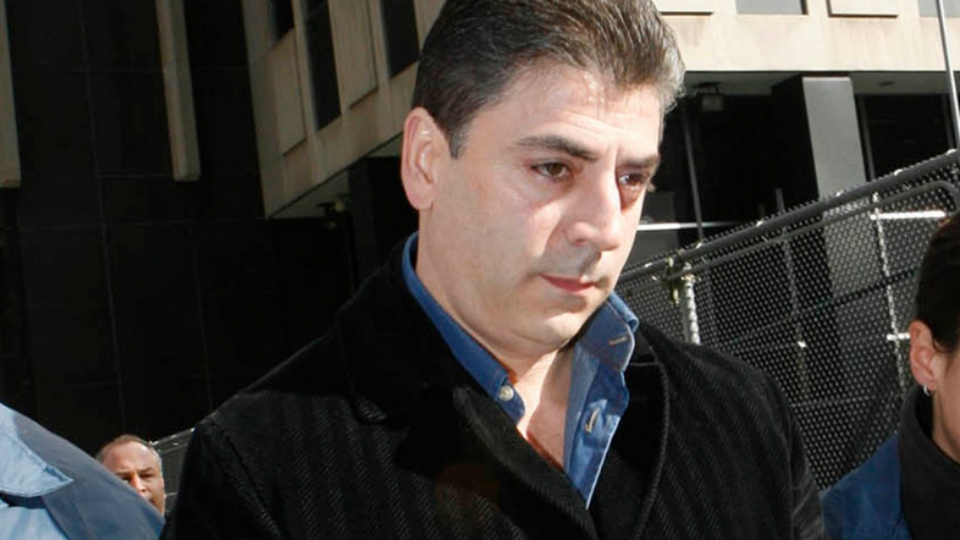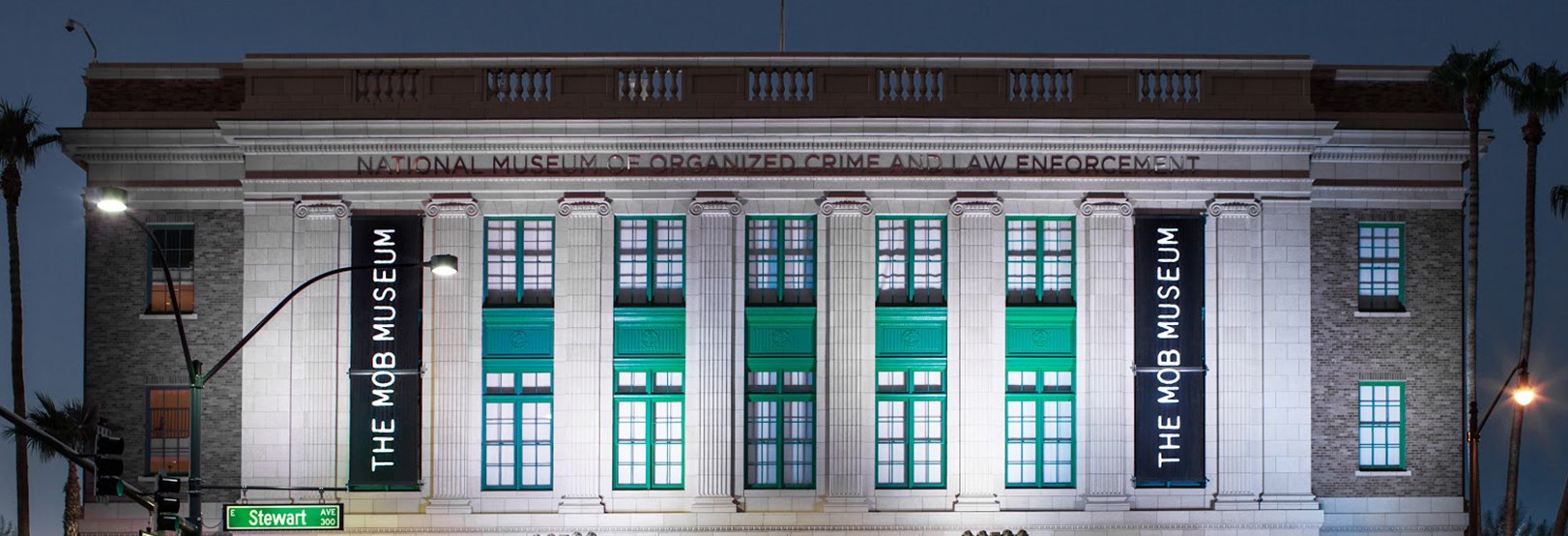
History Channel takes on New York Mafia’s Five Families
Author Selwyn Raab says once-powerful crime families ‘wounded but not mortally’

On March 13, 2019, Francesco “Franky Boy” Cali, a 53-year-old reputed Gambino crime family leader, was shot to death outside his home on Staten Island in New York City.
After a pickup truck hit his parked SUV, Cali went outside to investigate and was gunned down. Three days later, a suspect was arrested in New Jersey.
News stories about Cali’s high-ranking position in a New York Mafia family came as a surprise to many, according to author Selwyn Raab. Knowing that headlines can lead to problems for the organization, some Mob figures have learned to live in the shadows.
“Nobody knew he was the boss,” Raab said.
A former New York Times investigative reporter, Raab is the author of Five Families: The Rise, Decline, and Resurgence of America’s Most Powerful Mafia Empires. The book is the basis for an upcoming eight-part History Channel series on New York’s five Mafia families — Bonanno, Colombo, Gambino, Genovese and Lucchese — and their criminal involvement over time in the nation’s most-populous city and beyond.
The History Channel has not set a date for when the series will air. The executive producer is Ray Liotta, whose acting credits include a lead role in the classic Mob movie Goodfellas and in the recent Sopranos prequel, The Many Saints of Newark.
The Five Families still active
The History Channel’s series, now in the early stages of development, is focusing on the five New York crime families that Raab says were the jewel in the Mafia’s crown.
“Nobody was as widespread as them or as wealthy,” he said.
At one time, federal and local officials poured enormous resources into anti-Mafia efforts in New York City, putting more than a few underworld operatives behind bars. Much of that focus has shifted to other priorities, Raab said, but that doesn’t mean the Mob has gone away. The Five Families have been “wounded, but not mortally,” the author said. “No one has driven a spike through their heart. They’re not dead.”
One reason they’re still around is that the Mob world is a “carbon copy of capitalism,” Raab said. People in that environment figure out ways to make money.
For years, the Mafia’s bread and butter was illegal gambling and loan sharking, Raab said. “You got in trouble with a bookie, and your arm was broken.”
Though legal gambling has spread across the county, with sports betting sanctioned in more than 30 states and Washington, D.C., the Mob often adjusts to such changes and continues to exploit money-making opportunities.
“If they can’t do it with gambling, they increase the drug trafficking,” Raab said.
Spotlight shines on Mob violence
Over the years, some in the Mob have learned to avoid the spotlightpartly by steering clear of violent activity, especially high-profile murders.
Among the most well-known of these occurred on December 16, 1985, with the shooting of Gambino crime family boss Paul Castellano and his underboss, Thomas Bilotti. The double slaying took place outside Sparks Steak House in Manhattan at rush hour during the busy holiday season. It was major news in its day and is still considered one of the most brazen Mafia takedowns ever in the city.
The hit was orchestrated by John Gotti, who rose to the top of the Gambino family as a result. In his role as boss, however, he lacked the low-key personality of some that came before and after him.
Gotti died at age 61 of cancer in a federal prison hospital in Springfield, Missouri. At the time of Gotti’s death in 2002, Raab wrote in the New York Times that “traditional Mafia leaders led publicity-shy lives.”
“No so Mr. Gotti, who reveled in media attention as the boss of the nation’s largest and most influential organized crime group,” Raab wrote. “He cut a colorful figure in New York City, wining and dining in elegant restaurants and nightspots surrounded by a coterie of bodyguards.”

By some accounts, Frank Cali’s style was a throwback to earlier leaders before mobsters like Gotti came along. In a recent story on the SIlive.com website, reporter Frank Donnelly cited an unnamed source who said Cali was “very quiet, very businesslike.” According to the story, Cali avoided violence because it could attract attention to the crime family’s illegal activities, reportedly including heroin and oxycodone trafficking.
Shooting suspect awaiting trial
Three years after the shooting, the suspect charged in Cali’s death, Anthony Comello, now 27, has not been brought to trial. Not much is known publicly about the status of the case.
New York journalist Anthony DeStefano, author of Gotti’s Boys: The Mafia Crew That Killed for John Gotti, wrote on the Mob Museum website in 2019 that the shooting allegedly had nothing to do with the Mafia.
“Rather, Comello’s defense attorney stated in court papers that Comello was under the delusional belief that Cali was involved in the ‘deep state,’ which was trying to secretly control the United States, and that on the night of March 13 he went to Cali’s house with handcuffs to arrest him,” DeStefano wrote.
The home where this took place is in a residential area familiar to those who recall the previous killing of a Gambino boss. Cali lived on a cul-de-sac near Staten Island’s Todt Hill Road, only blocks from Castellano’s house when he was shot to death in Manhattan decades earlier.
Larry Henry is a veteran print and broadcast journalist. He served as press secretary for Nevada Governor Bob Miller, and was political editor at the Las Vegas Sun and managing editor at KFSM-TV, the CBS affiliate in Northwest Arkansas. The Mob in Pop Culture blog appears monthly.
Feedback or questions? Email blog@themobmuseum.org





